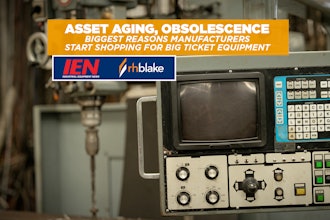About a decade ago, when tech giants, automakers and startups alike began working in earnest on self-driving technology, backers emphasized the possibilities for what it could mean for urban transportation: fleets of autonomous taxis cleanly and efficiently shuttling riders around – alleviating or outright halting traffic congestion, car wrecks or pedestrian collisions.
But in the first major city to host a self-driving taxi service, local officials want state regulators to tap the brakes until those companies prove they can make it happen without clogging city streets.
NBC News reports that San Francisco leaders sent a letter to California’s utility commission asking to slow down or halt the growth of autonomous taxi services run by GM’s Cruise and Google’s Waymo. The letter indicated that although the city continues to support self-driving technology, incremental expansion would be the best way to move forward — both for the industry and for public confidence.
The letter, however, also pointed to a series of problems with Cruise vehicles in the city, ranging from troubling to ridiculous. Last fall, for example, five Cruise vehicles stopped suddenly and blocked traffic in the city’s Mission District. Local firefighters apparently had to smash the window of another car in order to prevent it from running over a fire hose. And last spring, an unoccupied Cruise fled from police — sort of — after they tried to pull it over.
Cruise is currently awaiting approval from the utility board to expand its operations in San Francisco from solely overnight hours to 24 hours a day. San Francisco indicated that it wants more data — and limits on where the cars could go — before officials take that step.
Cruise, which is facing an NHTSA probe over unexpected braking, noted in the NBC report that its cars have driven millions of miles in “extremely complex” environments with no fatalities or life-threatening injuries.






















